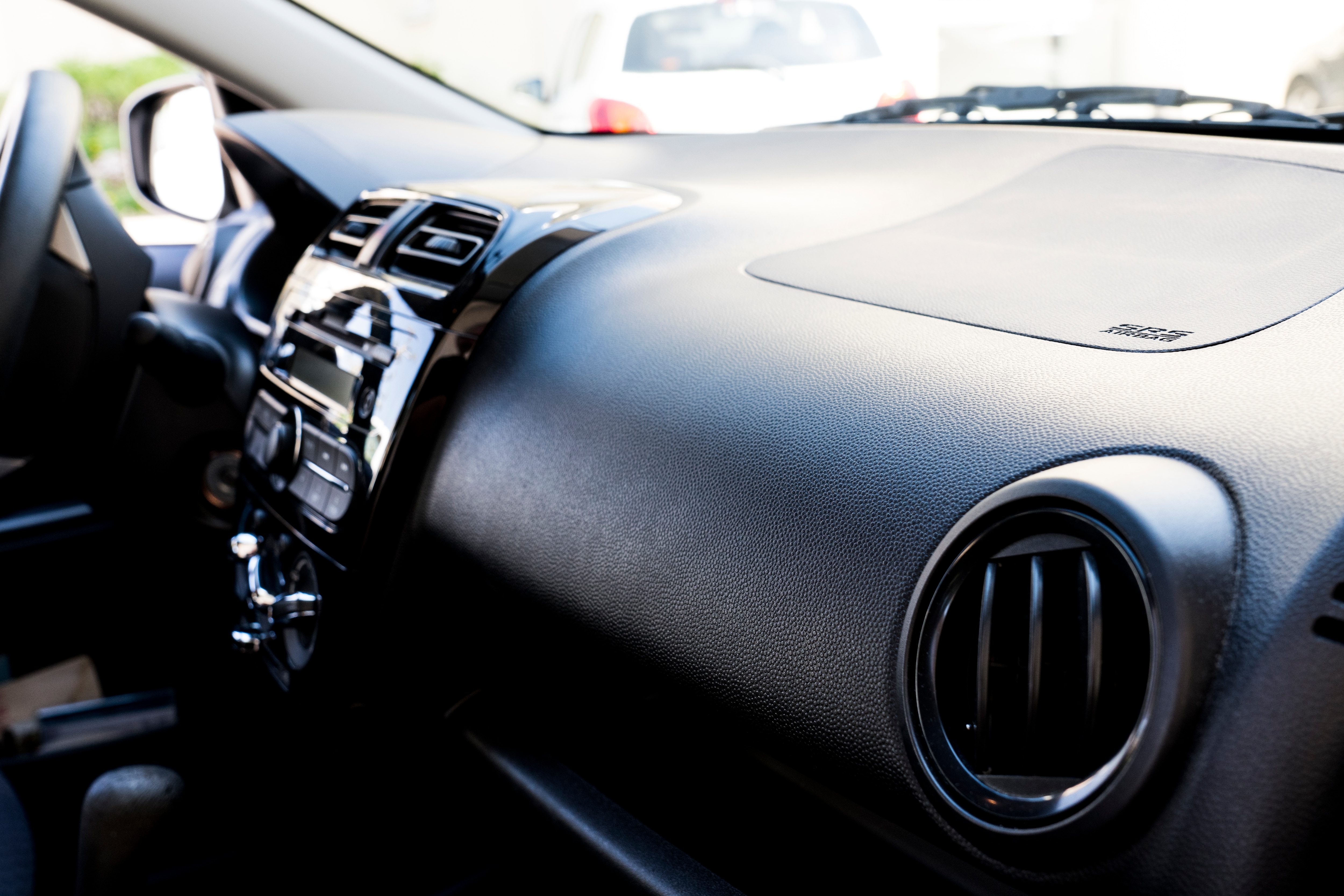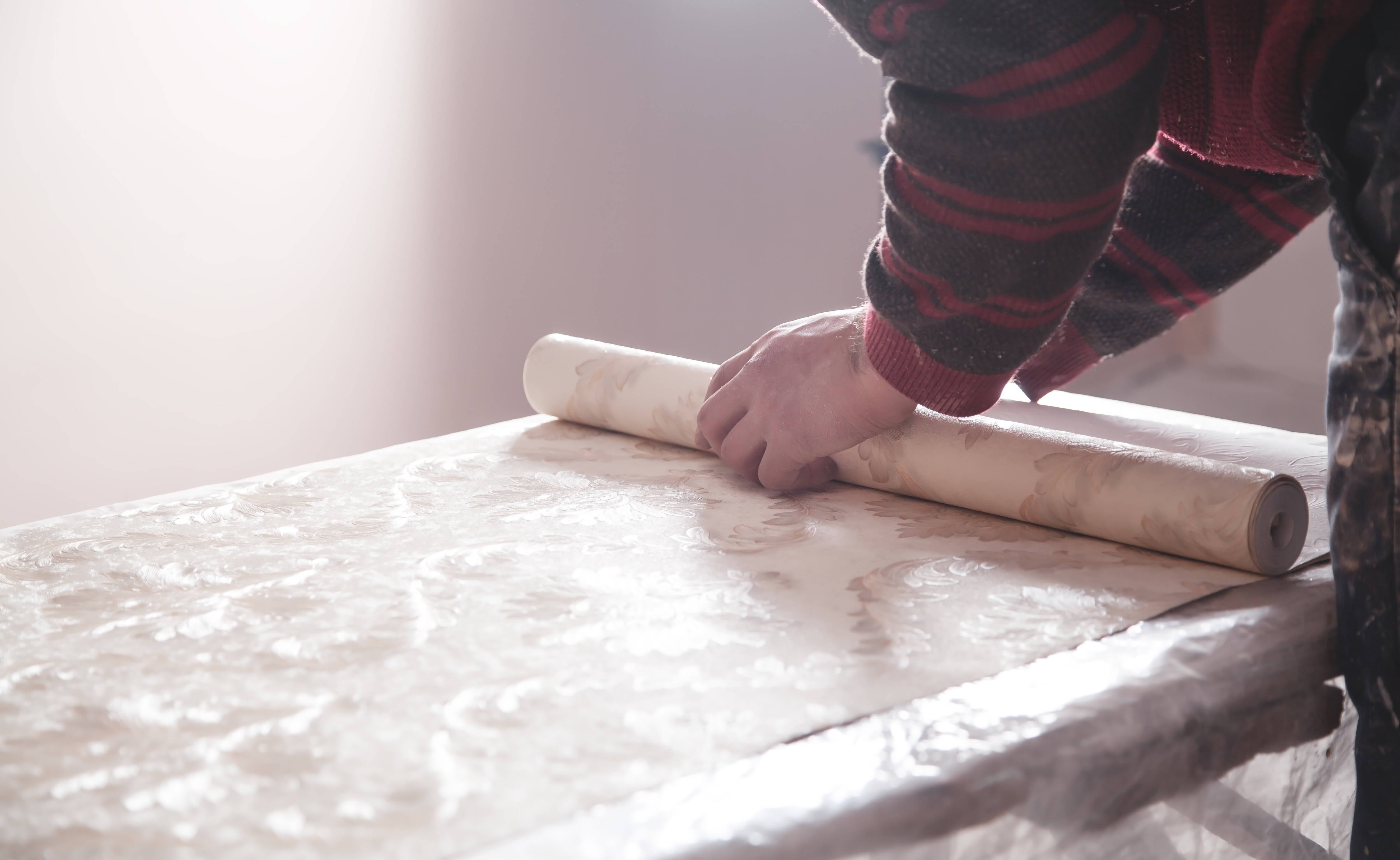

The upper layers are heated and then embossed to create a specific surface structure. For example, the structures of leather and other materials such as wood are imitated in a deceptively real way or functional structures are brought to the surface.
There are many reasons to use imitation leather. Besides ethical reasons, imitation leather is cheaper to produce and has practical advantages over real leather. Imitation leather is washable and available by the metre, making it easier to process in the textile industry.

Embossing is used in the production of wallpaper and floor coverings as well as interior decoration layers. The pre-produced material is heated on the surface before being embossed with steel rollers to create a characteristic surface structure.